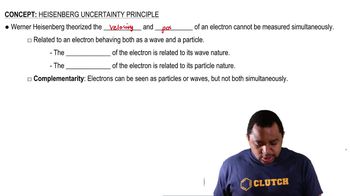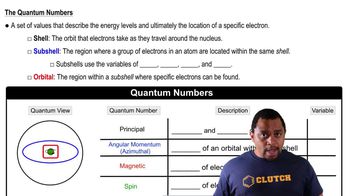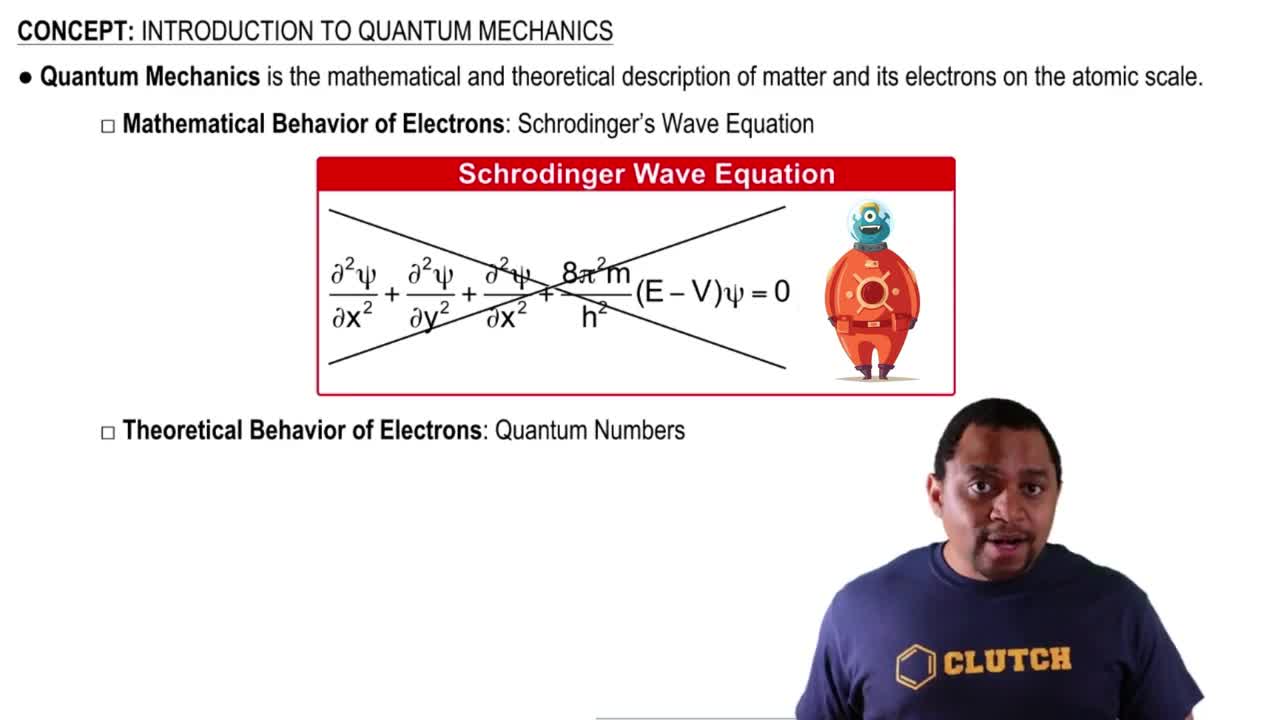Here are the essential concepts you must grasp in order to answer the question correctly.
Heisenberg's Uncertainty Principle
Heisenberg's Uncertainty Principle is a fundamental concept in quantum mechanics stating that it is impossible to simultaneously know both the exact position and momentum of a particle. This principle implies that the more precisely one property is measured, the less precisely the other can be controlled or known. In the context of the transporter beam, this uncertainty poses a challenge for accurately determining the location and state of a person being transported.
Recommended video:
Heisenberg Uncertainty Principle
Quantum State
A quantum state describes the state of a quantum system, encapsulating all the information about a particle's properties, such as position, momentum, and spin. In quantum mechanics, particles exist in a superposition of states until measured, which complicates the process of transporting matter. The transporter beam would need to account for these quantum states to ensure that the person is accurately reconstructed at the destination.
Recommended video:
Measurement Problem in Quantum Mechanics
The measurement problem in quantum mechanics refers to the difficulty in understanding how and why observations lead to a definite outcome from a range of possibilities. When a quantum system is measured, it collapses from a superposition of states to a single state. A fictional 'Heisenberg compensator' would theoretically resolve this issue by ensuring that the measurement process does not disturb the quantum state of the person being transported, allowing for accurate and reliable beaming.
Recommended video:
Introduction to Quantum Mechanics
 Verified step by step guidance
Verified step by step guidance

